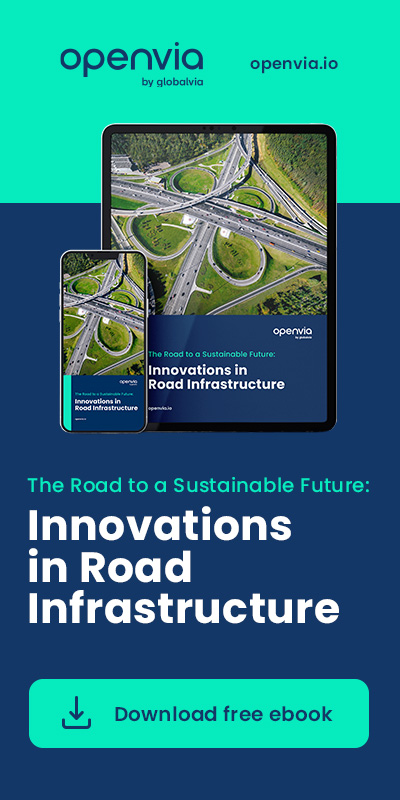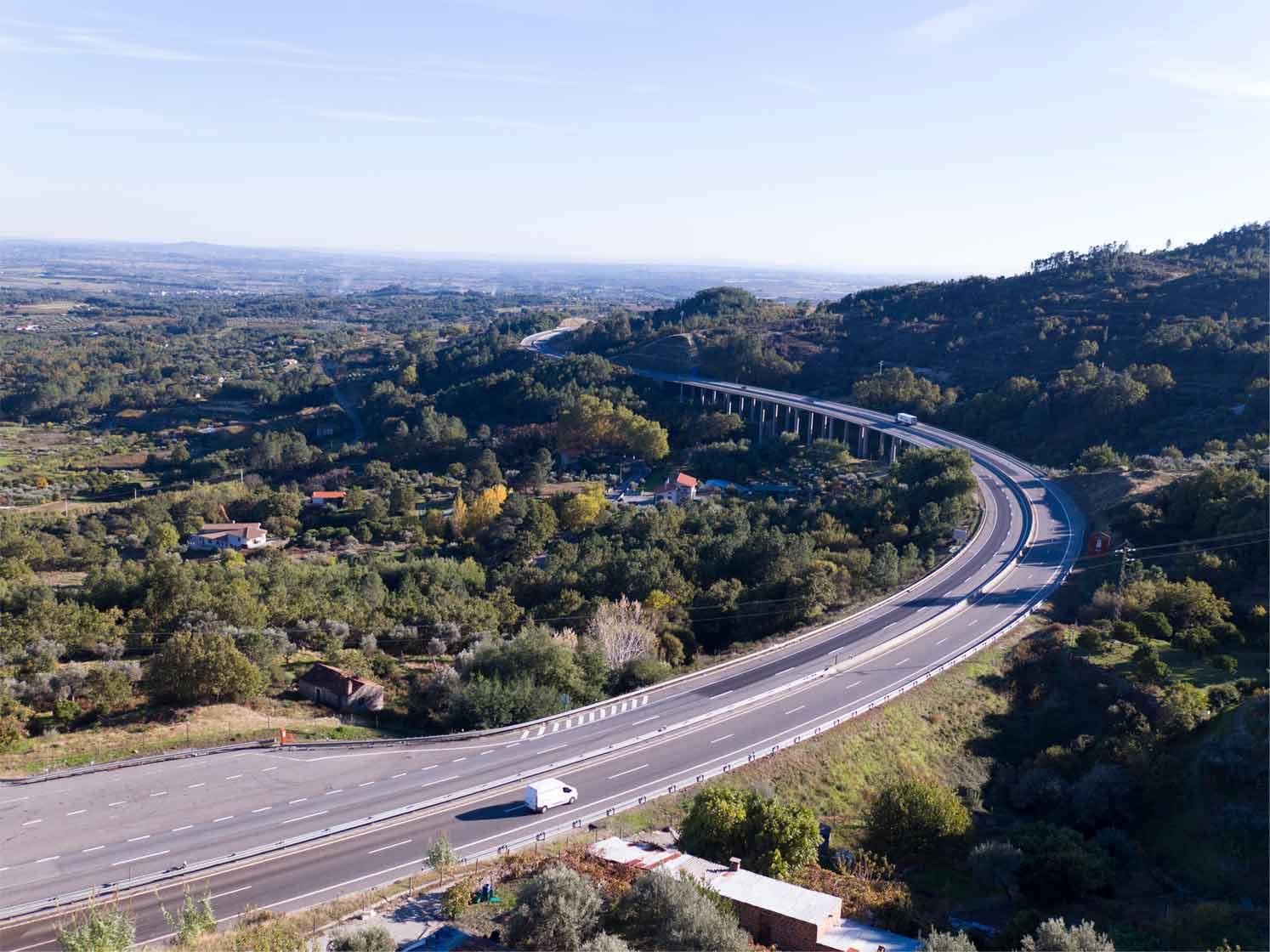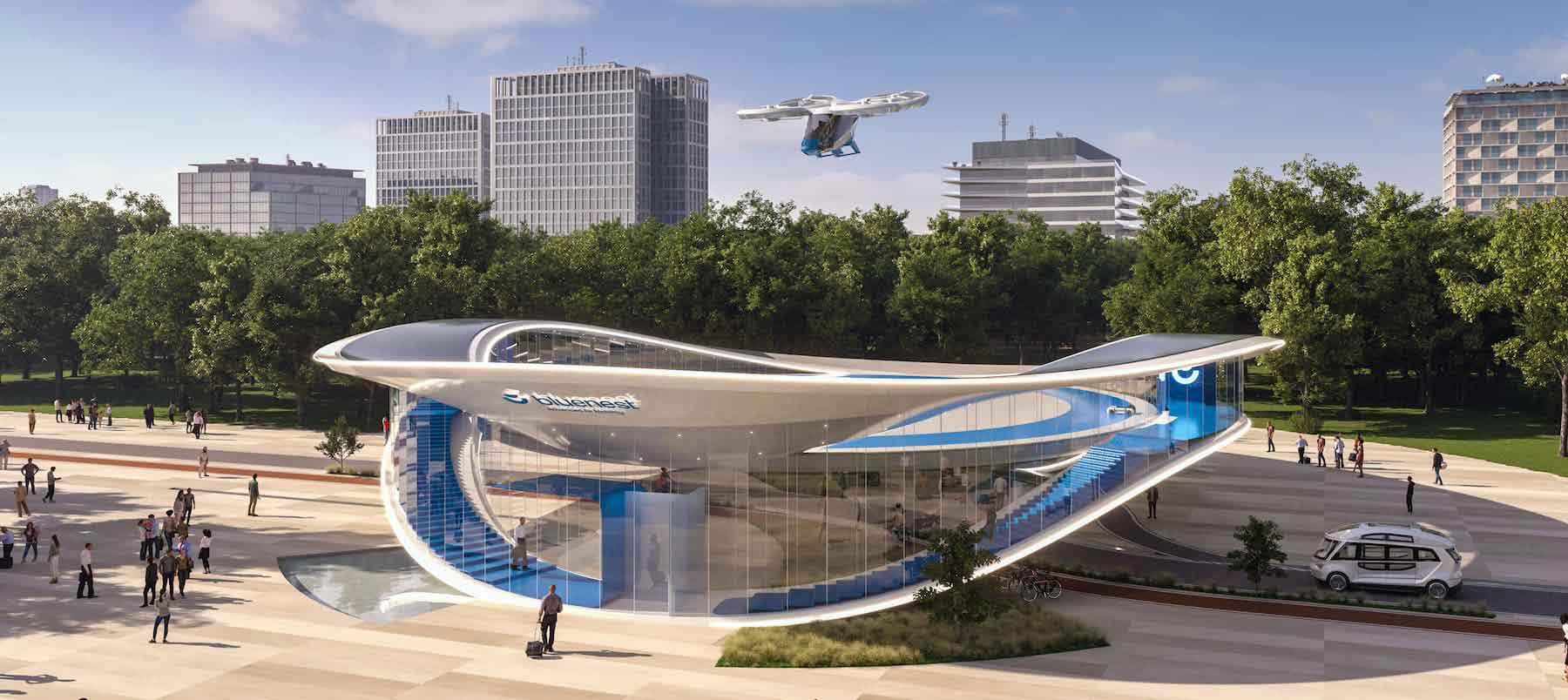In July 2017, President Mariano Rajoy and Minister of Public Works Iñigo de la Serna announced the launch of the so-called «Extraordinary Road Investment Plan», known by its acronym PIC. This plan anticipated the tendering through public-private partnership of actions on more than 2,000 km over the next four years with an estimated investment of 5,000 million euros. This initiative allowed the government to reduce the public deficit and multiplied by six the spending capacity allowed by the budget for one year.
Almost at the same time, in August 2017, the BOE published the direct management agreement between the Ministry of Public Works and the Sociedad Estatal de Infraestructuras del Transporte Terrestre (SEITT), which regulated the management of the operation and preparation of the tendering process for the state-owned motorways in the process of liquidation. This group of motorways included the four Madrid radials (R-2, R-3, R-4 and R-5), the Ocaña – La Roda toll motorway (AP-36), the Eje Aeropuerto (M-12), the Madrid – Toledo toll motorway (AP-41), the Alicante ring road and the section of the AP-7 between Cartagena and Vera. The publication of this agreement kicked off a process that had been on the political agenda for some years, when many of the concessionary companies of these concession contracts declared bankruptcy and their liquidation began. From February 2018 to June 2018, all these motorways have been returned to the State, with the exception of the AP-41, which is still pending resolution at the time of writing.
In addition, at that time the Ministry of Public Works was faced with the need to take a decision on concession contracts close to their termination and consequent reversion to the State, such as the AP-1 Burgos – Armiñón, the AP-4 Seville – Cádiz or certain sections of the AP-7, such as the Tarragona – Alicante section. The range of options is wide and includes the possibility of extending the term, re-tendering the concession, putting only the maintenance and operation out to tender and the State receiving the toll revenues, or leaving the motorway toll-free and the State taking over its maintenance.
With these three milestones on the table of public decision-makers, Rajoy’s government raised the possibility of reaching a long-term political consensus on future investment in infrastructure and opened the discussion on the eternal debate on infrastructure pricing and its impact on the country’s economy. The search for this consensus is a fact that seems obvious, but has not been a common factor in Spain’s investment policies. Each state administration has launched its own investment plan (often using projects from previous governments and changing only the name) and has used it as an electoral lure. It can be said that Spain has not had an infrastructure investment policy that is as orderly and planned as would have been desirable.
Want to know more about Roads of the Future?
The arrival in power of the new socialist government in June 2018 has had, as an immediate consequence, a delay in the implementation of these plans:
- The CIP has been momentarily paralysed when it seemed that the tender documents for the first two actions in Murcia were about to be officially published.
- The re-bidding of the rescued motorways has been postponed sine die, with the consequent direct effect on the deficit, as the administration’s asset liability (the amount with which the grantor has to compensate the concessionaire in return for the investments made) has been included in the 2018 budgets.
- Finally, the current Minister of Public Works, José Luis Ábalos, has announced the Government’s decision not to extend the concession of the AP-1 motorway between Burgos and Armiñón (which ends in November of this year), which reverts to the Administration, converting the motorway into a toll-free infrastructure and waiving the collection of around 70 million euros per year. This decision marks a milestone for future reversions, posing a scenario that endangers the State’s budgetary balance. In this respect, a series of questions should be answered before taking a decision of this magnitude: Does it make sense to leave a toll-free infrastructure where between 30% and 50% of foreign vehicles circulate? How will the foreseeable congestion on this motorway caused by traffic coming from the current free alternative, which has inferior characteristics, be managed? How will the investment for its extension be undertaken if it does not comply with the minimum service levels?
In other words, the fact that there has been a change of government in Spain has directly affected the plans envisaged by the previous government. This, far from coming as a surprise to public opinion, is considered to be a common way of proceeding in this country in recent years. Precisely for this reason it is necessary to open the debate on the viability of the plans launched by different governments without majority support in the Lower House; plans with time horizons and commitments that go beyond the legislature in which they are approved.
A Transport Plan should be a long-term agreement between the State and the citizens, one that can survive several legislatures, even if governments of different political persuasions alternate. Political cycles are shorter than the life of infrastructures, than the construction period of some of them and than the time horizon of most Plans. The politician who decides on a project rarely inaugurates the work. Although the benefits are long term, the costs are sometimes short or medium term. For all of the above reasons, in order for the transport infrastructure plan Spain needs to prosper (i.e. a plan covering four or five legislatures), an agreement between the main government parties would be necessary to remove the issue from the political debate: what is now known as the «State Pact».
Basically, a Plan deals with the distribution of revenues (taxes and fees) and expenditures between different sectors that deserve attention. This is why it is also necessary to define the origin of the monetary, budgetary or extra-budgetary sources. It should not be confused with a master plan: the latter is only the part of the Plan that represents the final picture of the field of action (sometimes referred to as «the letter to the Three Wise Men»). This is a fairly common confusion, which is common in the last two infrastructure plans prior to the CIP (the socialist PEIT and the popular PITVI): the final scenario takes precedence over the detail of when and where the planned actions will be undertaken (programming) and how they will be paid for (financing).
In conclusion, not only would it be necessary to reach a «State Pact» that includes a long-term transport infrastructure plan, but the approved plan should also have a stable schedule and committed funding.
Miguel Ángel Parras – Senior Investment Director







